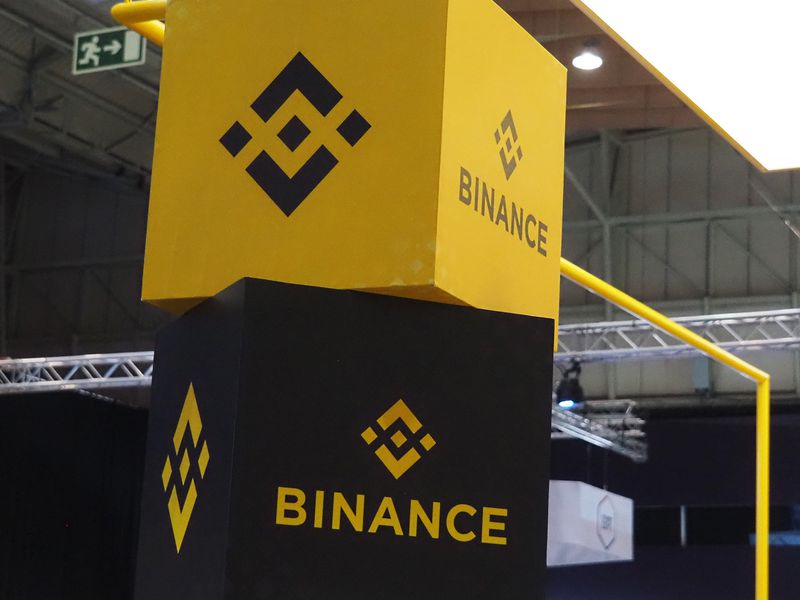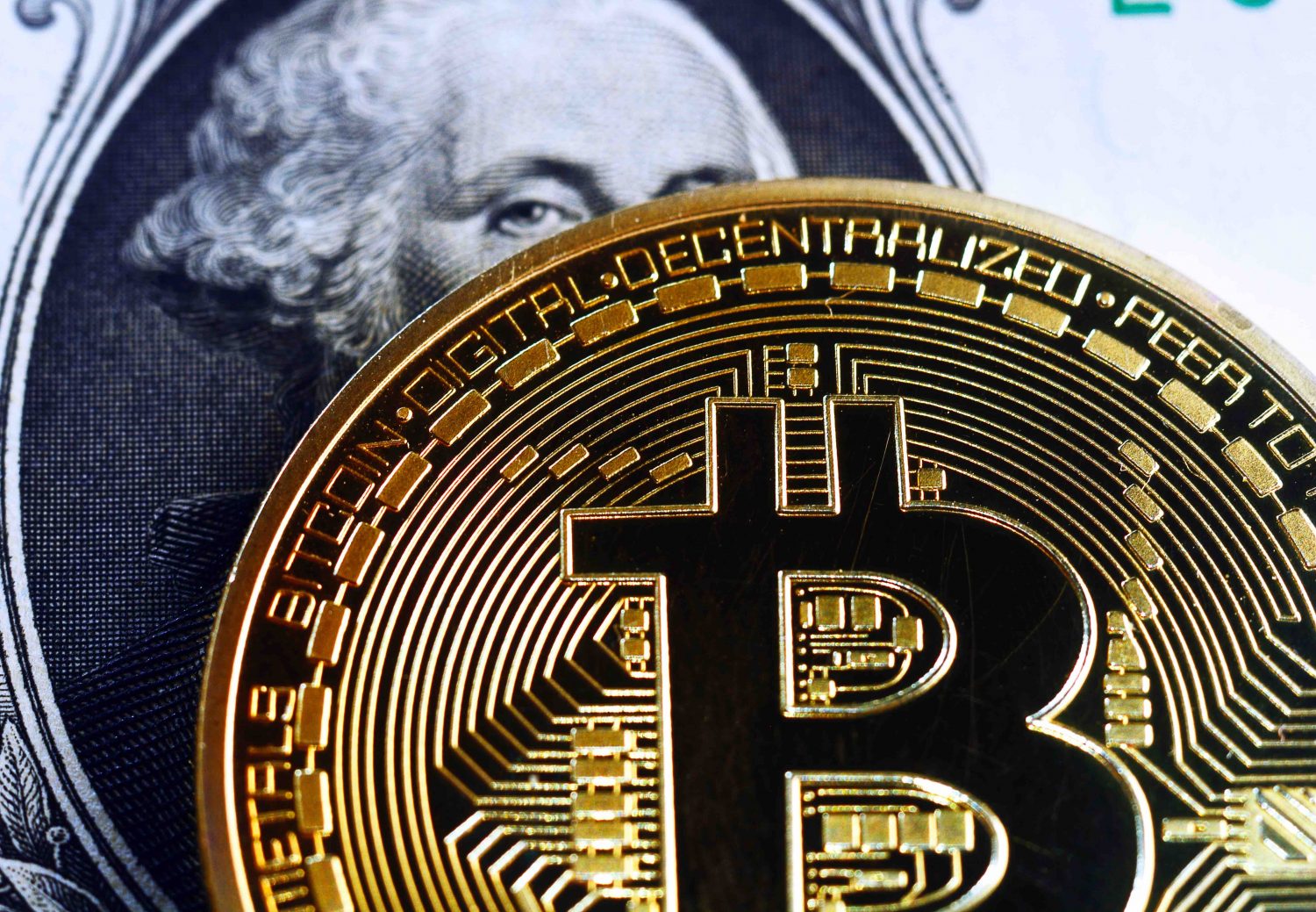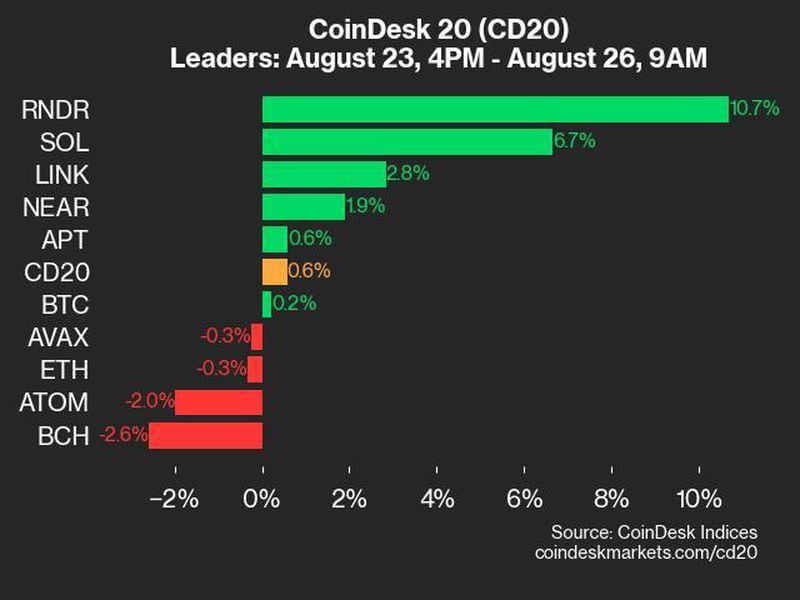Ethereum’s Changing Landscape
Ethereum’s ability to host a wide-range of applications and assets has been evident for years, but the investment case for its native token, ETH, has become increasingly complex. In the wake of key protocol changes, particularly the hardforks activating EIP-1559 and EIP-4844, investors are asking how Ethereum’s adoption will translate into ETH’s long-term value.
While the platform has scaled, the relationship between its growth and ETH’s supply and demand — and thus its price — is no longer as straightforward as it once seemed.
You’re reading Crypto Long & Short, our weekly newsletter featuring insights, news and analysis for the professional investor. Sign up here to get it in your inbox every Wednesday.
The EIP-1559 revolution: linking utility to token value
When Ethereum implemented EIP-1559 in 2021, it introduced a burn mechanism where the overwhelming majority of transaction fees (base fees) would be permanently removed from circulation. This created a direct relationship between Ethereum usage and ETH’s supply. As users paid for transactions on the Ethereum network, the burn would act as a deflationary force, reducing ETH’s supply and putting upwards pressure on its price.
In 2023, our valuation model at CoinShares showed that under the right conditions, where Ethereum generated $10 billion annually in L1 transaction fees, something it achieved at its 2021 heights, ETH could reach a value near $8,000 by 2028.
Since then, however, optimism has waned due to the Dencun hardfork and the rise of Layer-2s (L2), which have upended the fee burn and altered ETH’s value potential.
The rise of layer-2s: a double-edged sword
L2 platforms were designed to scale Ethereum by moving transactions off the main chain (L1) and onto faster, cheaper networks. Initially, L2s complemented L1, helping the network handle more transactions without clogging the base chain — like a pressure release valve giving balance in times of high usage.
:format(jpg)/cloudfront-us-east-1.images.arcpublishing.com/coindesk/NX7A5WX7VRBYFFG7MUI7MWS7KY.png)
But with the introduction of “blob space” in 2024, L2s could now settle transactions on L1 at much lower costs, reducing their requirement to pay expensive L1 fees. As more activity migrated to L2s, the supply burn that EIP-1559 was designed to instill began to drop, weakening the downward pressure on ETH’s supply.
The reality of Ethereum generating high L1 fees to support ETH’s value is now looking bleak. L1 transaction fees have steadily collapsed, leading to questions about what differentiates the services offered at each layer, and what will drive the L1 fee landscape moving forward.
A path forward: restoring the burn or adapting to new realities
Despite these challenges, there are potential paths forward to restore demand for L1 transactions and, in turn, ETH valuation.
One option is developing high-value use cases that rely on L1’s security and reliability, yet, given current trends, this appears unlikely in the near future. Another possibility is that L2 adoption grows so rapidly that the sheer volume of transactions compensates for the discounted fees — but this would require extraordinary L2 growth, beyond near-term expectations.
The most likely, and perhaps the most controversial, solution is repricing blob space to increase L2 settlement fees. While this would restore some of the L1 supply burn, it risks upsetting the economics of L2s that have been key to Ethereum’s recent success and enhanced its ability to compete as an ecosystem with alternative platforms (like Solana, Binance Chain, etc.).
The uncertain future of ETH
While L2s have scaled Ethereum, they have also disoriented the mechanisms that tie ETH’s value to its utility. For investors, this means that ETH’s future depends on how Ethereum balances innovation with maintaining healthy economic policy.
For now, ETH’s investment case is unsettling, and risks remain high as the Ethereum community decides its path forward.
Note: The views expressed in this column are those of the author and do not necessarily reflect those of CoinDesk, Inc. or its owners and affiliates.
Edited by Alexandra Levis.
Disclosure
Please note that our
privacy policy,
terms of use,
cookies,
and
do not sell my personal information
has been updated
.
CoinDesk is an
award-winning
media outlet that covers the cryptocurrency industry. Its journalists abide by a
strict set of editorial policies.
In November 2023
, CoinDesk was acquired
by the Bullish group, owner of
Bullish,
a regulated, digital assets exchange. The Bullish group is majority-owned by
Block.one; both companies have
interests
in a variety of blockchain and digital asset businesses and significant holdings of digital assets, including bitcoin.
CoinDesk operates as an independent subsidiary with an editorial committee to protect journalistic independence. CoinDesk employees, including journalists, may receive options in the Bullish group as part of their compensation.
:format(jpg)/author-service-images-prod-us-east-1.publishing.aws.arc.pub/coindesk/10884131-e900-497d-86c7-7f774aa81eb8.png)
Matthew Kimmell is a seasoned analyst with four years experience at leading European asset manager CoinShares.
Follow @@bc1matt on Twitter









